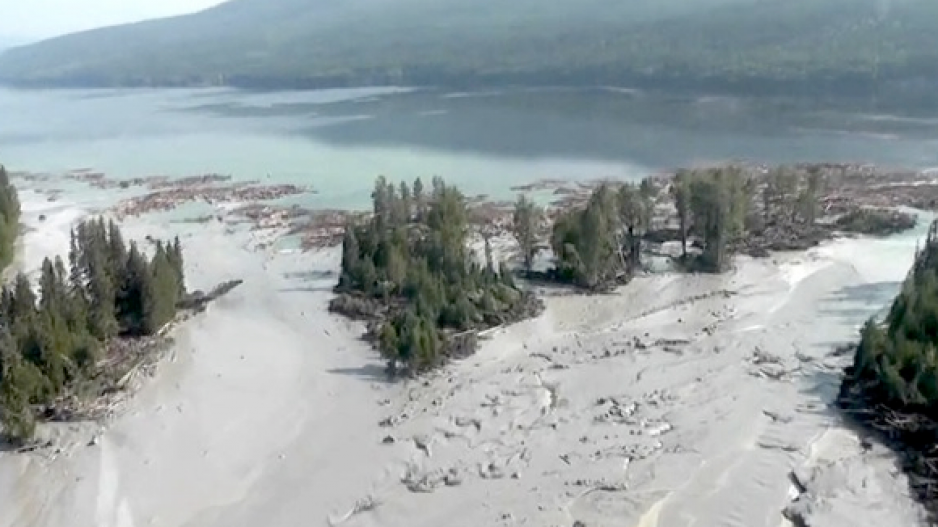CBC News reported last week that the BC Liberal government, which faces an election on May 9, approved the long-term wastewater management plan April 7th.
Under the Ministry of the Environment plan, wastewater will be collected in ditches that will drain into ponds, allowing the solids to settle. Water will then be treated before being piped into Quesnel Lake at a depth of 45 metres and 250 metres from shore, to allow for fast dilution.
The tailings dam failure August 4, 2014, caused an estimated 24 million cubic metres of water and tailings waste to spill into Quesnel Lake and Quesnel River. The operation was closed for nearly a year, before being given a “restricted restart” in July 2015. The event caused the mining industry a black eye in British Columbia and the provincial government was criticized for a lack of oversight.
The issue of a water discharge permit has turned out to be a critical factor in not only the cause of the tailings dam breach, but the amount of damage it caused to the watershed. As BIV reported in January, “While an expert technical panel investigating the disaster concluded that water pressure did not trigger the dam’s failure, it did exacerbate the damage due to the sheer volume of tailings water and slurry that flowed into fish-bearing streams and lakes."
"Inadequate water management" was also cited by Chief Inspector of Mines Al Hoffman in a 2015 investigation of Imperial Metals' operating practices.However Imperial Metals has argued that it first applied for a water discharge permit back in 2006, but the government did not issue one until 2012. That permit "… was so restrictive that it allowed for only about one-10th of the water that needed to be discharged. The company applied for an amendment and had been given the green light to start a pilot water treatment project in December 2013, but was still waiting for a new discharge permit to be issued when the dam collapsed," BIV reported in January after filing an access for information request to find out why the government delayed issuing the permit.
A government-appointed panel found design failures to be the main reason for the tailings dam breach.
In July 2016 Imperial Metals filed a lawsuit for damages in the Supreme Court of British Columbia alleging negligence and breach of contract by Knight Piesold and AMEC (now Amec Foster Wheeler), two engineering firms in its employ up to the time when the tailings dam at Mount Polley gold and copper mine collapsed. The suit alleges that Knight Piesold designed a flawed tailings dam and monitored it from the late 1980s to 2011, while AMEC took over the monitoring until the dam's failure in summer of 2014.
More recently, Public Service of Canada prosecutor Alexander Clarkson announced that the Crown wants to enter a stay of proceedings in relation to MiningWatch Canada’s private prosecution against the Mount Polley Mining Corporation and the Government of British Columbia over the incident.
In other words, the federal government is seeking a withdrawal of the criminal charges before the NGO has the chance to present the evidence it claims to have over the spill’s damages to downstream waters and fish habitat, which would constitute a violation of the Fisheries Act.



